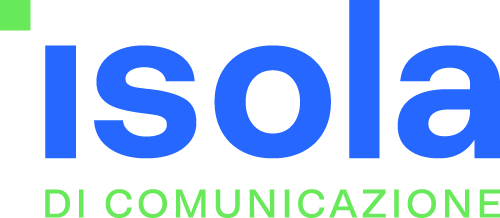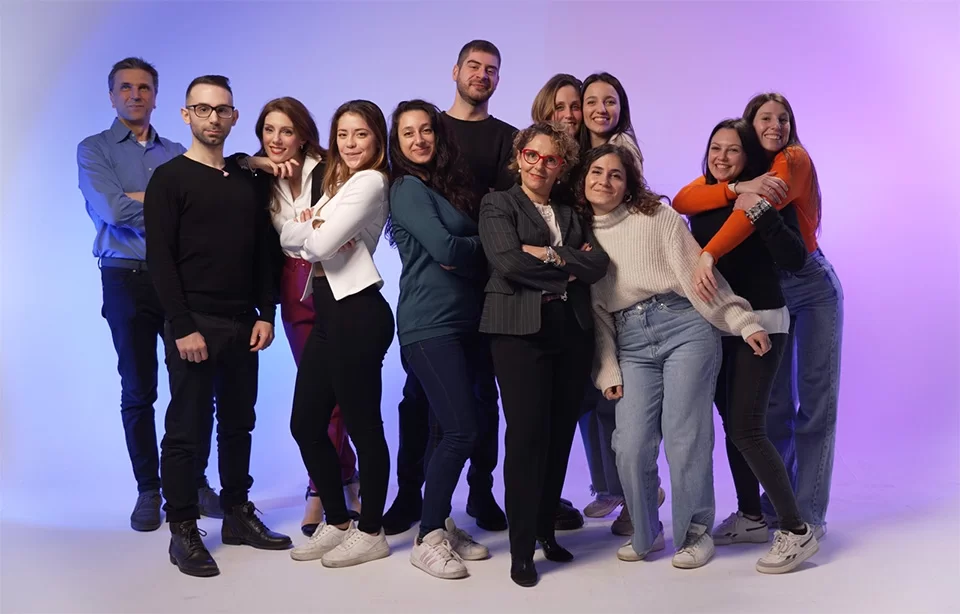As of June 28, 2025, many private companies in Italy will have to adapt and make their websites accessible.
The goal is to ensure navigation for all people, including those with disabilities, in full compliance with theEuropean Accessibility Act (EAA), the European Directive 2019/882. But what does it mean to promote website accessibility and what changes should be adopted to avoid penalties and improve the user experience. And most importantly, what benefits can businesses not directly affected by the directive also reap?
What is meant by an accessible website
Accessible sites are designed to be usable by everyone, regardless of physical, sensory or cognitive abilities. That is, they must meet the needs of people with disabilities:
- visual, such as blind or visually impaired people who need appropriate tools for screen comprehension and color-blind people who need screens of appropriate colors to distinguish information.
- Auditory, which needs subtitles, transcripts, and audio alternatives to visual content
- motor skills, who are unable to use a mouse or keyboard properly and require assistive tools
- cognitive, with learning problems, attention disorders or dyslexia who need clear and well-structured content
- neurological, manifesting episodes of photosensitive epilepsy at the sight of fast animations and blinking
The goal of accessible sites is to provide the user with an inclusive experience by removing digital barriers. In doing so, he or she will be able to access the desired content using appropriate tools including:
- the screen reader, software that reads the screen and translates a web page into Braille or audible speech
- magnification systems, a series of programs that allow what is seen on the screen to be enlarged
Why it is important to have accessible websites: all the opportunities
According to theWorld Health Organization (WHO) more than 1 billion people manifest some form of disability. And in Italy, according to theInternational Agency for the Prevention of Blindness-IAPB Italia onlus, there are more than 1.5 million visually impaired people and 200,000 blind people who need accessible sites to inform themselves or understand their content.

Ensuring that everyone can access and navigate Web sites properly is critical in different areas because it has an impact:
- Ethical and social, with a view to a more equitable, respectful and inclusive society. An inaccessible site, in fact, deprives millions of people from the ability to independently access information, purchase products and/or use essential services.
- Cheap, so as to open up to a wider audience, which includes users with visual, hearing, motor or cognitive disabilities. According to research by the British company Click-Away Pound, more than 69% of people with disabilities abandon websites due to lack of accessibility, and 86% said they would spend more if websites were easy to navigate.
- Legal, for international and national adaptation. Regulations impose mandatory site accessibility in several the countries. Complying with the laws means avoiding heavy penalties, which can reach up to 5% of the company’s turnover.
- Experiential, is also an opportunity to improve information architecture, content clarity, and overall usability. An accessible site is also often neater, more intuitive, and faster to navigate for all users. It can therefore help increase conversion rates, trust and loyalty.
Accessibility, then, is not just an obligation-it is a real driver of corporate quality and reputation, even for those who are not subject to the regulations.
What changes with the European Accessibility Act? (EAA)
As of June 28, 2025, all private and public digital products and services-including websites, e-commerce, and applications of those operating in the EU-will have to be accessible by meeting the criteria set forth in theEuropean Accessibility Act (EAA). Broadly speaking, it applies to a wide range of sectors including:
- technology and software development
- e-commerce
- financial services
- transportation and travel
- emergency communications
- social media
- communication with government agencies
Currently, the decree involves companies that operate in the European market and exceed 10 employees or have an annual turnover of 2 million euros, and foreign companies that operate in a European context. Microenterprises, on the other hand, with fewer than 10 employees and a turnover of less than 2 million euros are currently exempt from the application of the directive, although-as we have seen-making a website accessible is very important in several respects.
Want to learn more about the law? Read our article:
European Accessibility Act 2025: everything you need to know
How to make a site accessible: 6 aspects to consider
To make the site accessible, several technical and design aspects need to be worked on. It is essential to follow both the guidance provided by theEuropean Accessibility Act, as well as international standards such as theWeb Content Accessibility Guidelines ( WCAG ). Here is what needs to be done.
1. Alternative texts for images
Alternative text (alt text) describes the content of images and is essential for users using screen readers. Every significant image should have alt text that clearly explains its content or function.
2. Contrast between text and background
The contrast between the text and the background of the web page is crucial because it ensures readability to people with visual impairments, even mild ones. WCAG standards require a minimum contrast ratio of 4.5:1 for plain text and 3:1 for large text.
3. Keyboard navigation
Not all users can use a mouse, which is why it is important that the website be fully navigable via keyboard. All interactive elements-such as links, buttons, and forms-should be accessible via the Tab key.
4. Semantic structure of the content
Proper use of semantic HTML tags is critical to creating a clear hierarchy of content. Titles, paragraphs, lists, and tables must be structured logically and consistently to improve the comprehensibility of the site to users and assistive technologies.
5. Compatibility with assistive technologies
Screen readers and other assistive technologies depend on well-written, standards-compliant code. Therefore, the right tools must be used to facilitate accessibility of complex elements such as drop-down menus or photo sliders.
6. Statement of compliance with the level of accessibility
TheEuropean Accessibility Act requires the publication of an accessibility statement to specify the website’s level of compliance and any limitations. The document is to be completed according to the AGID template (Digital Italy Agency) and should be placed with a link in the footer, i.e., at the lowest part of the website. It must include:
- The compliance status of the site in accordance with the decree
- Thelist of non-accessible areas and the reasons for non-action
- contacts to report any issues or request information in alternative formats
The statement should be updated at least once a year and in conjunction with any changes.
Making your website accessible: what needs to be done and how Isola can help you
To prepare for the directive, it is a good idea to get moving right away by assessing the accessibility of the current website. This can be done by performing an audit using appropriate tools and instruments such as Wave or Lighthouse, so as to check the areas that do not meet accessibility standards to work on.
Remember that making your website accessible is not just a regulatory requirement, but an opportunity to improve the user experience and expand your market. In fact, companies that adopt accessibility measures make communication easier for people with disabilities, improving their autonomy and digital participation. In doing so, businesses benefit in image and authority.
At Isola we design websites that align with the regulations. We will suggest implementations to be put into practice to comply with the law and avoid penalties, and we take care of theimplementation of the accessibility widget, to offer options for customizing the digital interface and allow content to be enjoyed by people with disabilities.
We will also tell you how to improve the user experience. For example, we will assess whether your site is responsive, that is, capable of automatically adapting to the size of the screen on which it is being viewed, and whether the hierarchical structure of the content complies with the SEO and promotes comprehension
In addition, we can also take care of the restyling, the maintenance and the security of your site (WordPress).
Want to know if your site is accessible? Contact the team at Isola now !







